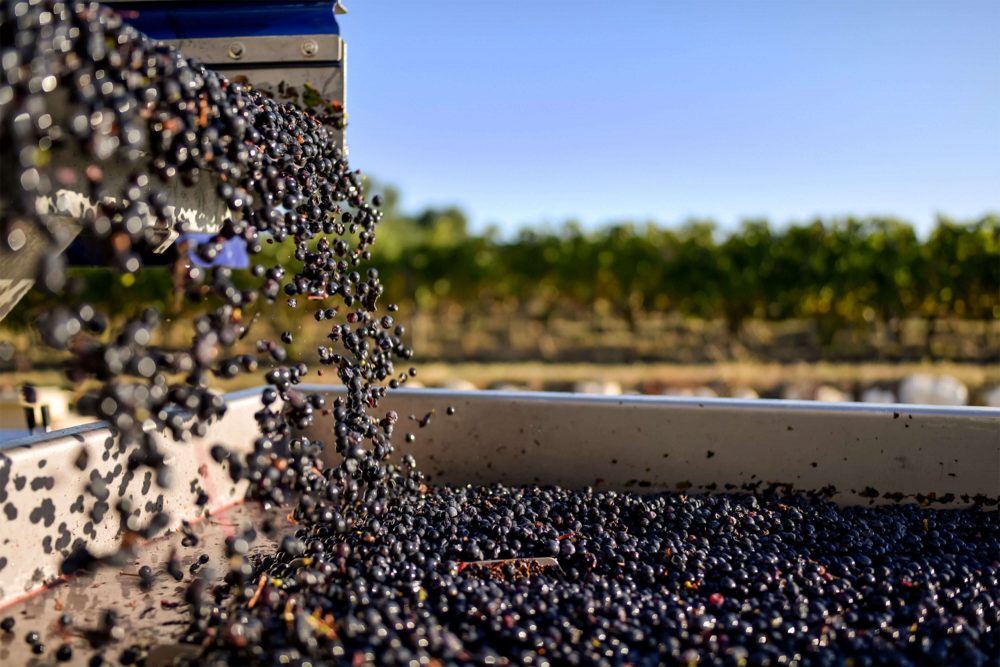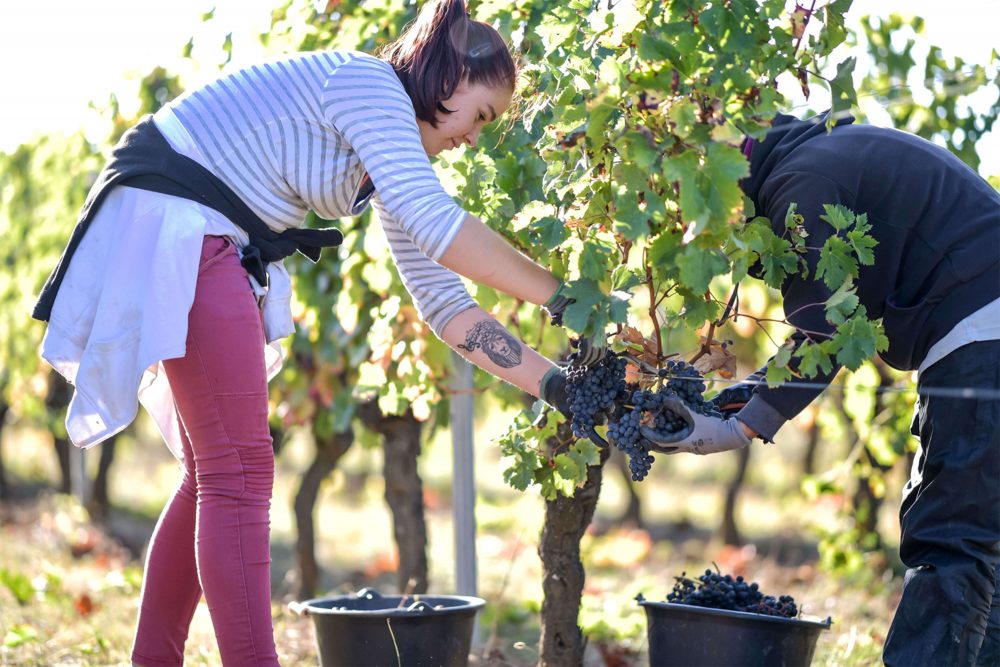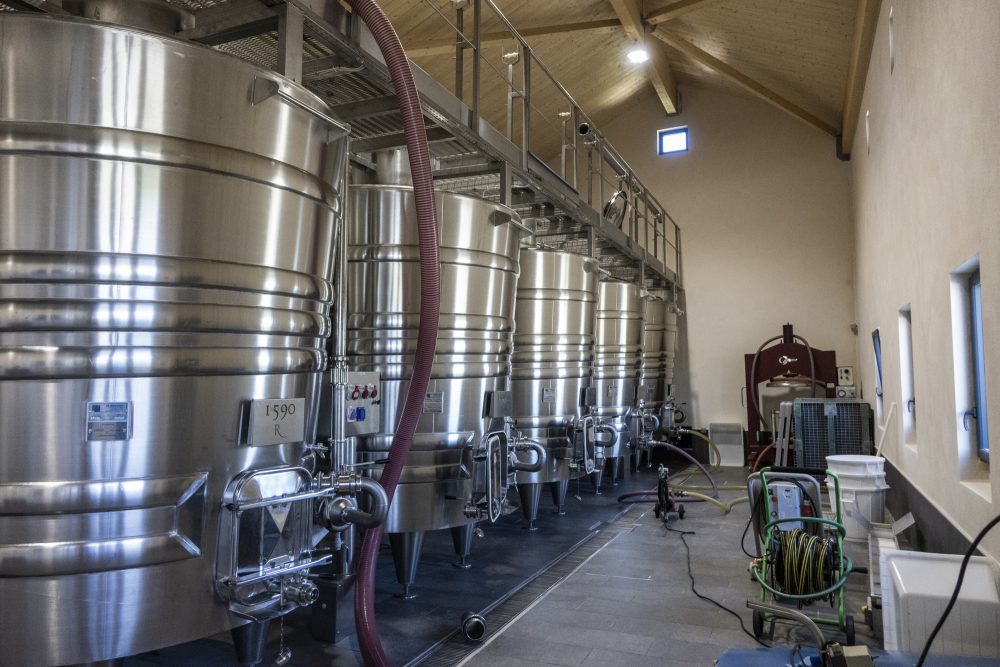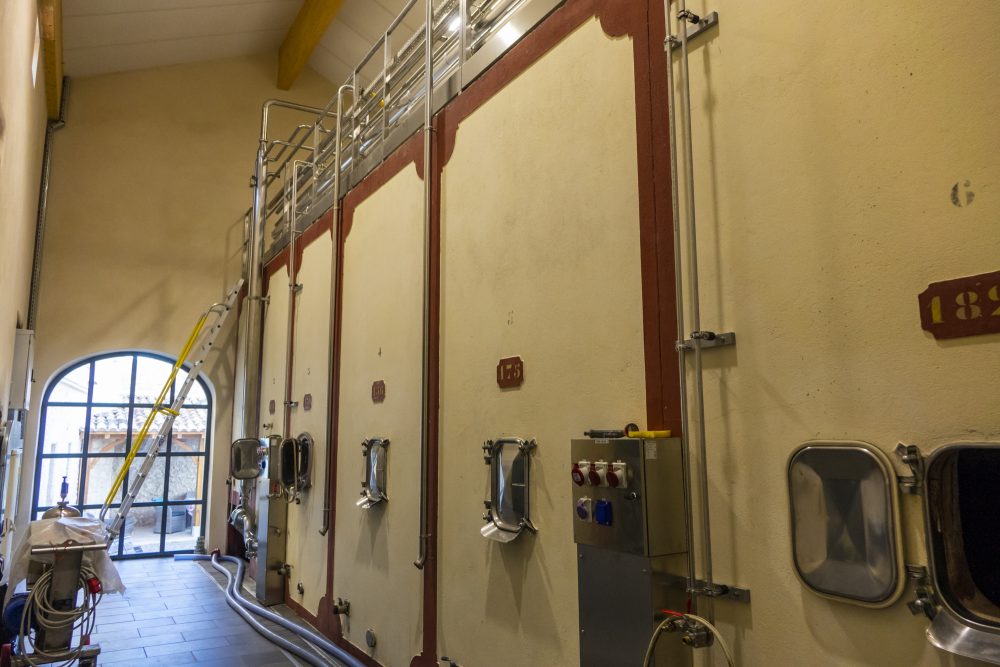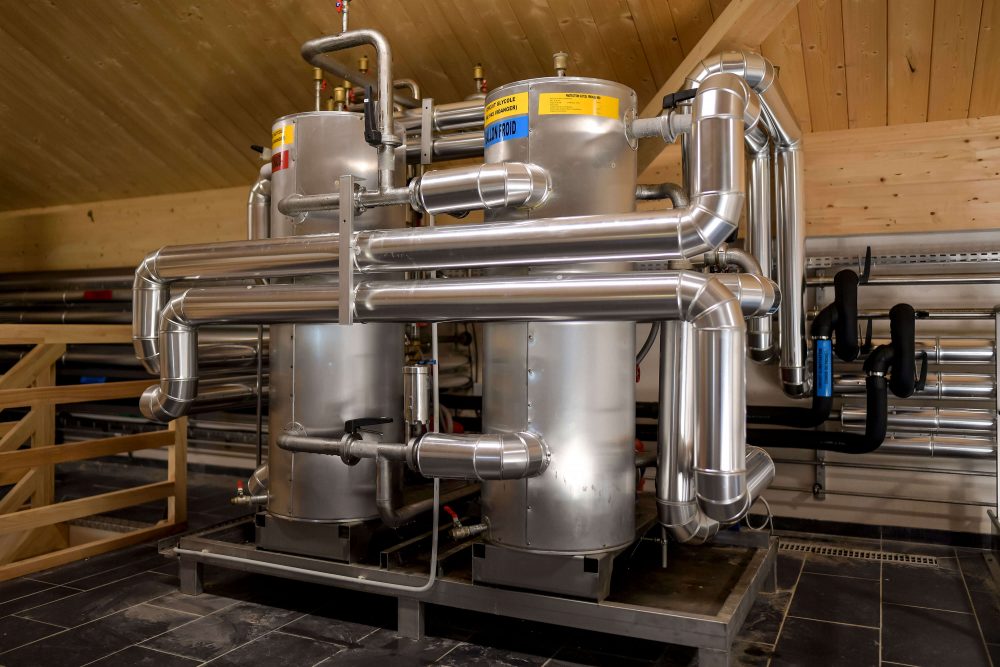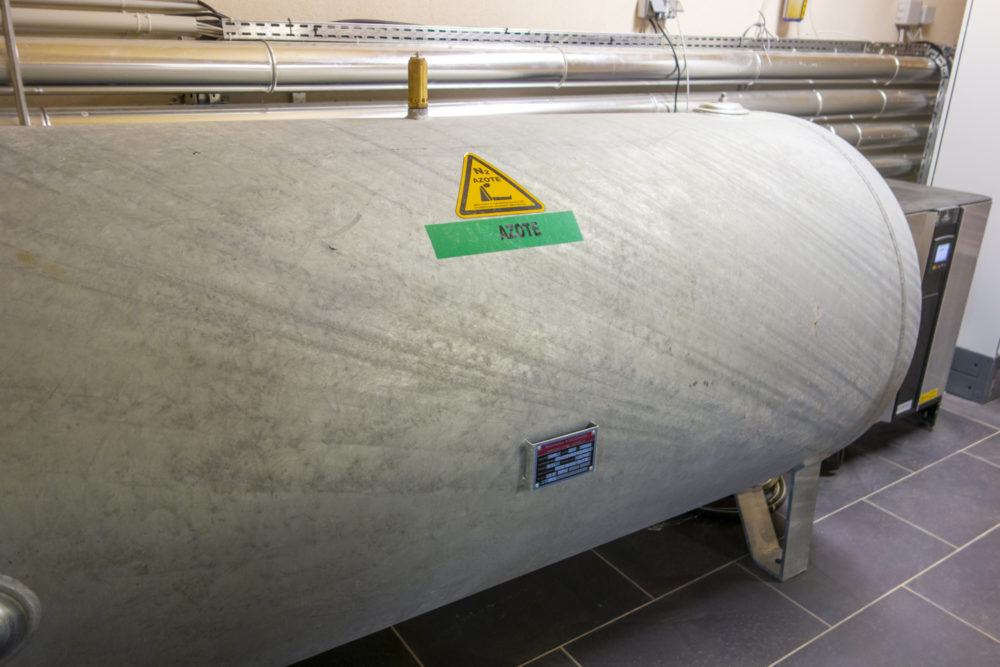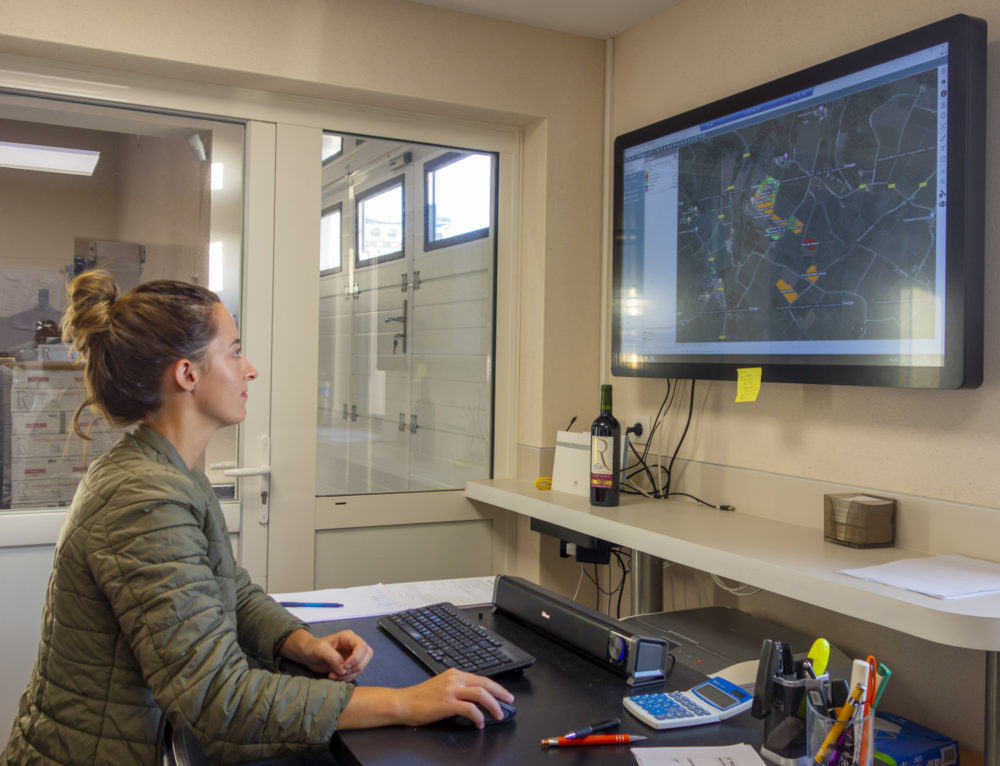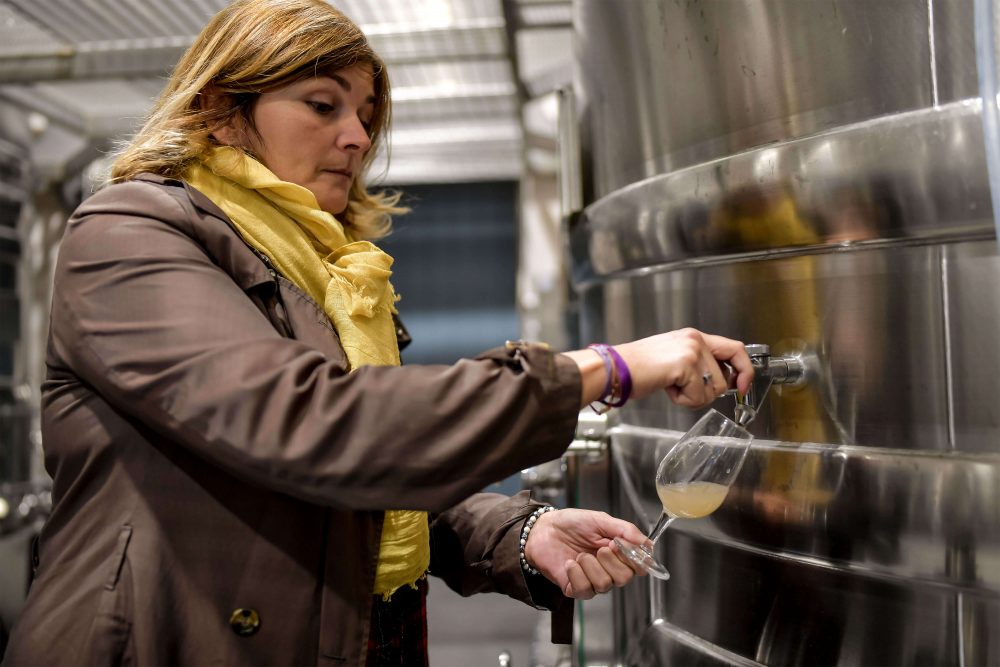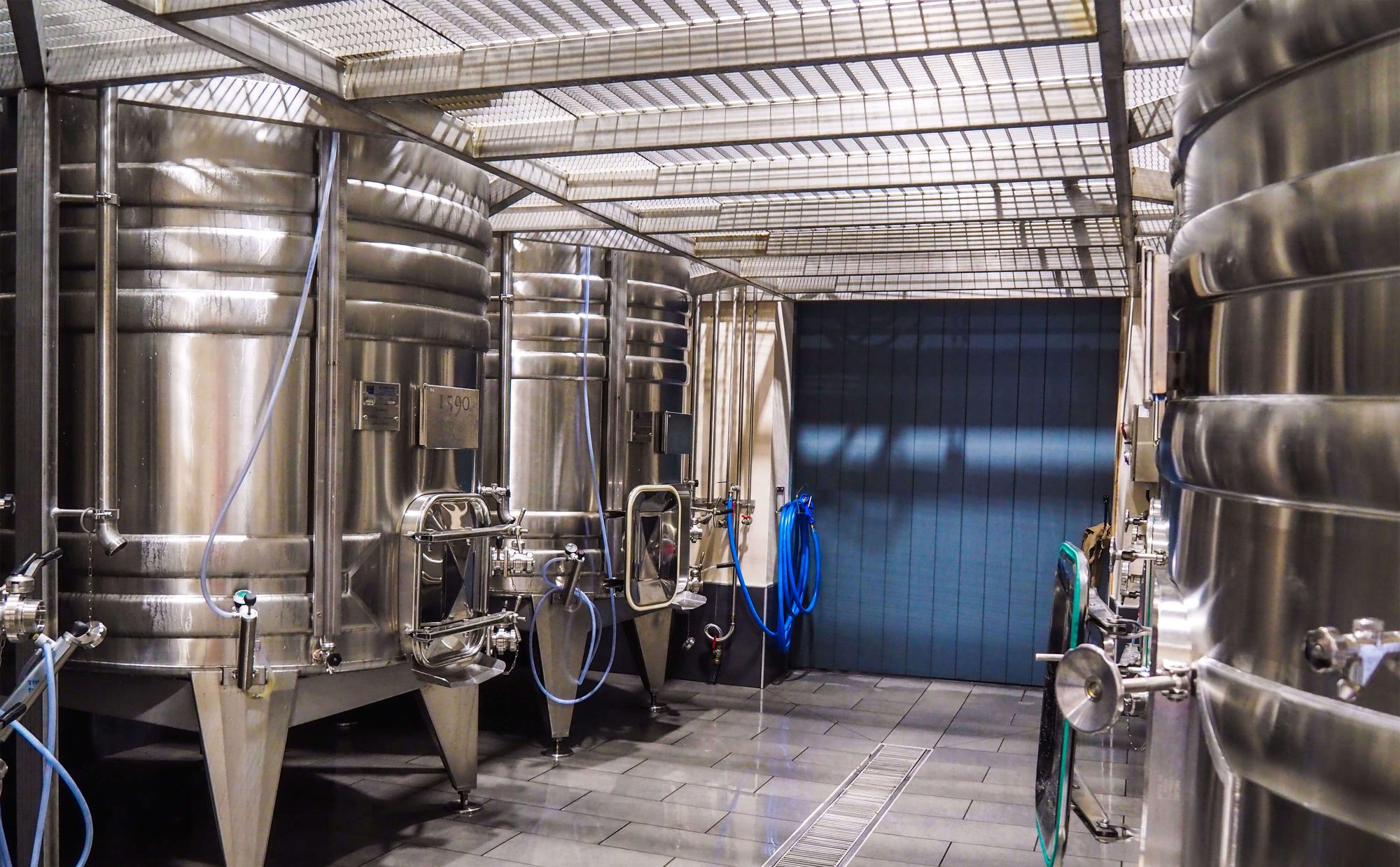
The winery, completely renovated and significantly expanded, employs state of the art technology to achieve the highest possible quality and to optimize the work flow in the cellar.
Receiving of Harvest
The grapes for Primus are hand-harvested. When arriving in small crates at the winery, they pass through a destemmer to a densimetric sorting machine that reliably removes all MOG (material other than grapes) and inferior grapes (determined by their lighter weight).
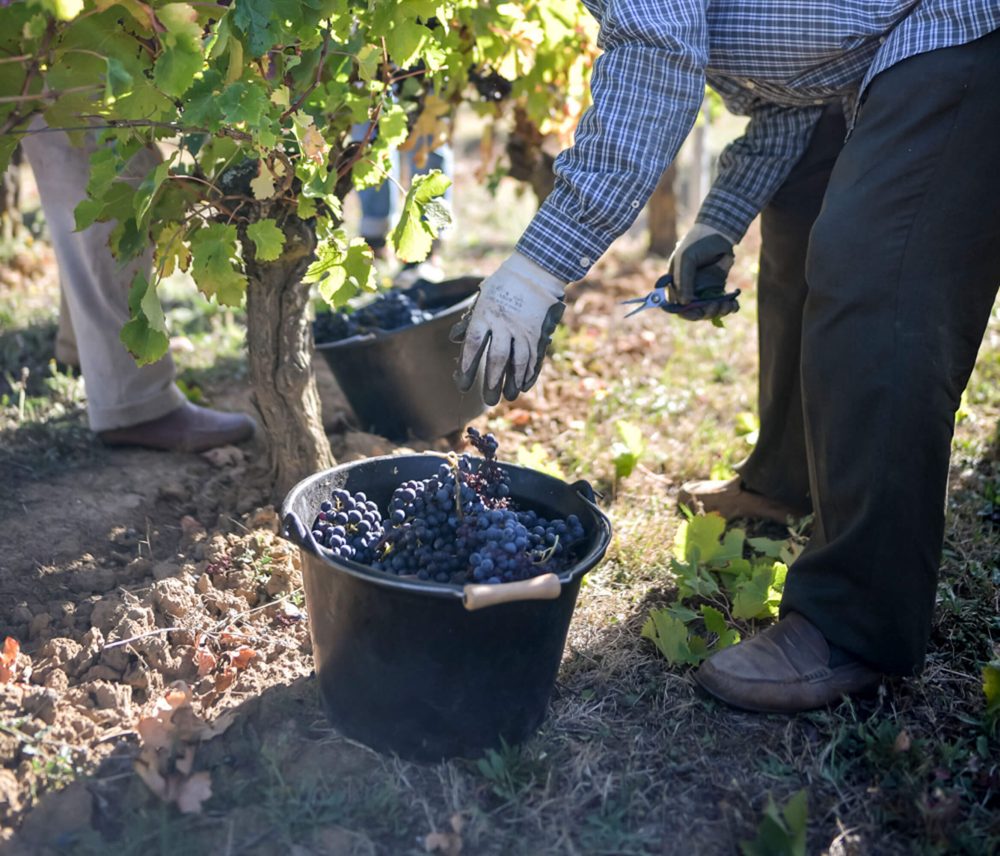
From the sorter the grapes are pumped to a tubular cooler, which pre-cools the grapes for pre-fermentation maceration in one of the new fermenters.
The grapes for all other wines are harvested with machines that also eliminate much of the MOG while the stems remain on the vine.
When arriving at the winery in a tiltable bin, the machine-harvested berries pass through an air blade sorter that completes the sorting process by blowing air through a thin airborne trajectory of berries. The air blade blows the material lighter than the good berries out of the main trajectory thereby achieving the separation process. From here on the berries take the same path as the hand harvested berries.
Vinification Cellar
The cellar, completely renovated, was designed to achieve the highest possible quality and to optimize the work flow in the cellar.
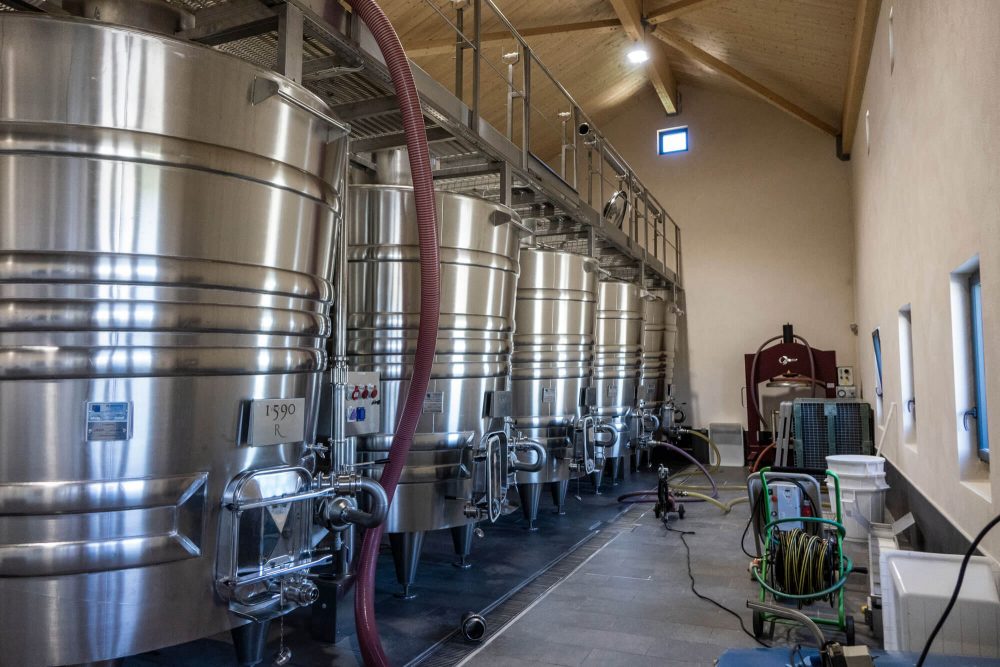
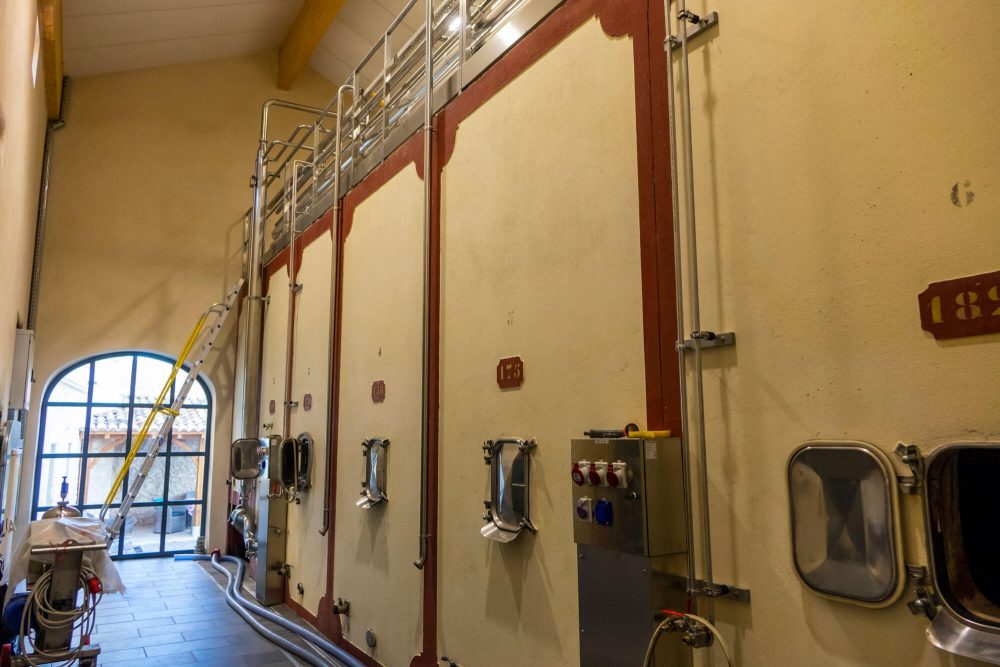
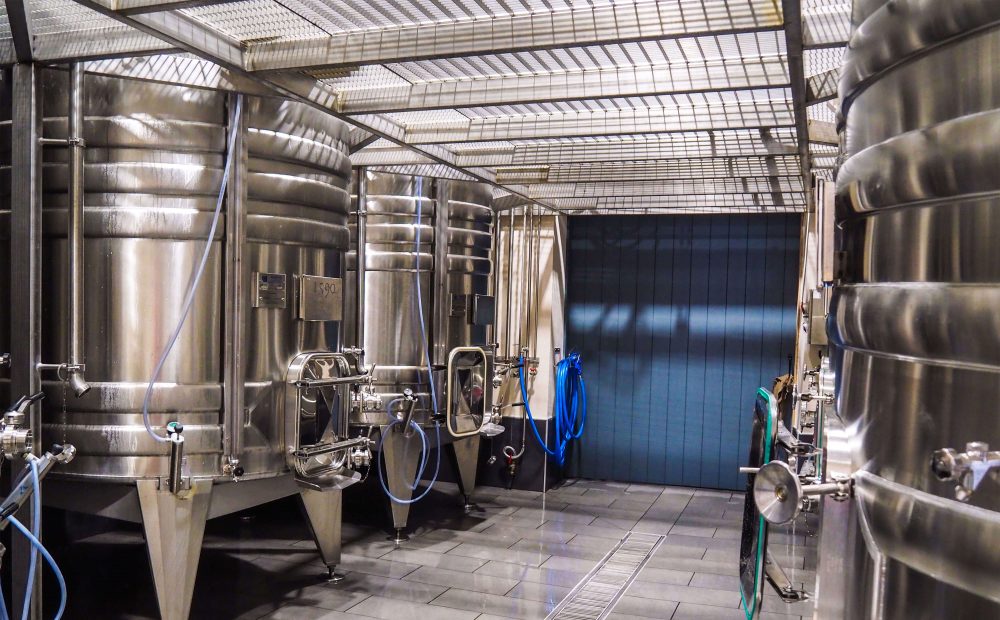

The pre-existing seven concrete fermenters have been renovated and equipped with pump-over and temperature control systems. A new extension facilitates the new stainless-steel vats and wine storage tanks. The five inversely truncated fermenters make it possible to increase the contact surface between marc and juice. They also permit softer extraction during the making of red wines and decrease the volume of inferior quality press wine. They are equipped with automatic systems for pump-over and temperature control, as well as micro oxygenation for adapting the vinification protocol to the vintage and the desired profile of the wine with great precision.
The six stainless-steel wine storage tanks are cylindrical in shape with floating lids, all of them temperature controlled. One of them is designed for deep cooling of wine for tartrate precipitation.
Effective temperature management is paramount at every stage of winemaking. This is accomplished with a new thermoregulation system that is computer controlling and monitoring all concrete and stainless-steel fermenters as well as the wine storage tanks. Each of the eighteen tanks can be individually supplied with warm or cold glycol for heating or cooling as the protocol requires.
In the desire to achieve optimum wine protection while minimizing the use of sulfur compounds, a nitrogen generator was installed for autonomous production of this inerting gas in the cellar. It is primarily used to displace air in the top of the vessels and for blowing our pipelines. Making use of this technical opportunity, the team of La Roberterie has successfully produced a large order of CLASSICUS without added sulfur and will do so again on demand.
Barrel Cellar
The barrel cellar contains forty to fifty barrels used for the ageing of the Primus and Selectus wines.
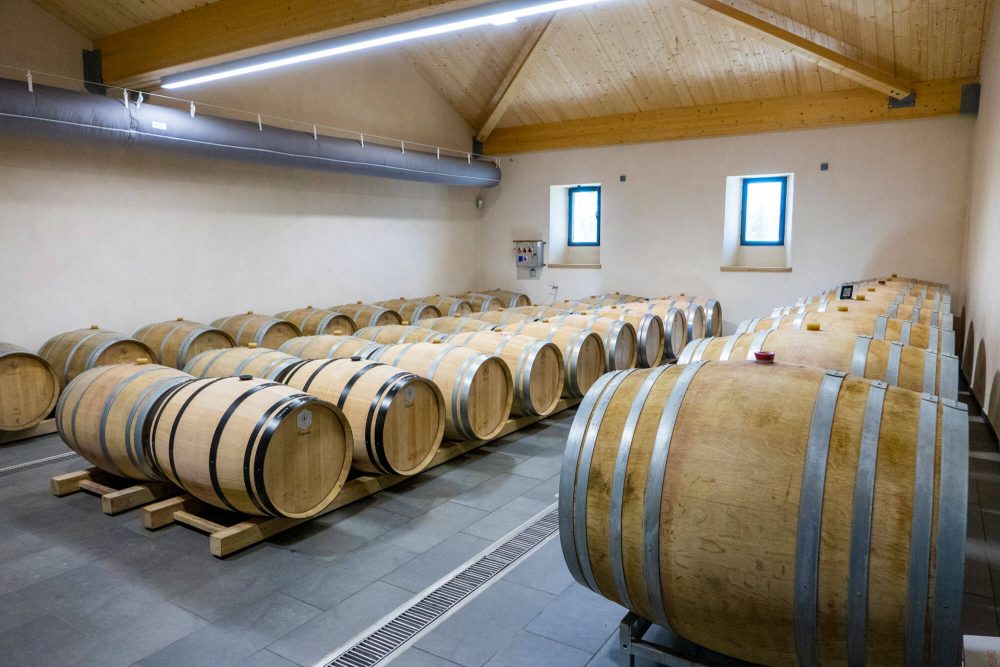
Precise control of hygrometry and temperature offers optimum conditions. By varying the cooperages, the types of toasting, and the share of new barrels used, the impact of the wood can be applied in all its complexity in respect to the different profiles of the wines.
Harvest & Vinification
At Château La Roberterie, all the vineyards are certified Organic Farming (Ecocert®) since 2012. New parcel of l’Orme de Pilon, 0.93 ha of Merlot, in the process of being certified.
The use of chemicals especially the addition of sulfur dioxide are reduced to a minimum. Oenological practices are therefore constantly adapted, for the protection of the vintage, combining the action of cooling, inert gases, and bioprotection yeasts. Striving to exceed these objectives, the team of La Roberterie currently produces a wine without added sulfur.
The harvest is both manual and mechanical. In each case, special attention is focused on the sorting of the harvest, with the use of two different automated systems chosen according to the needs of the vintage.
Vinification of Red
Production Potential
450-500 hL, 60,000 to 66,000 bottles
Appellation
Bordeaux Supérieur
Blend
Merlot, Cabernet Franc, Cabernet Sauvignon, Malbec
Technical Data
Pre-fermentation cold maceration
Alcoholic fermentation 15 days at 26-28°C followed by malolactic fermentation
Post-fermentation maceration
Vinification of White
Production
45 hL, 6,000 bottles
Potential
Bordeaux White
Appellation
100% Sauvignon Blanc
Assemblage
Pellicular maceration before pressing and fermentation
Short maturing (<6 months) in stainless steel tanks
Sauvignon Blanc from Château la Roberterie enriches the range of wines since its introduction in 2018. It is a wine that expresses the desired aromatic richness of Sauvignon Blanc with notes of citrus and exotic fruits.
Vinification of Rosé
Average Production
25-30 hL, 3,300 to 4,000 bottles
Appellation
Bordeaux Rosé
Blend
Depending on vintage: Malbec, Merlot, Cabernet Sauvignon
Technical Data
Produced by direct pressing
Short maturing (<6 months) in stainless steel tanks
Rosé de La Roberterie is a wine marked by fruity freshness. Delicacy is its main characteristic, with aromas of small tart berries, cherry candy and violet.

